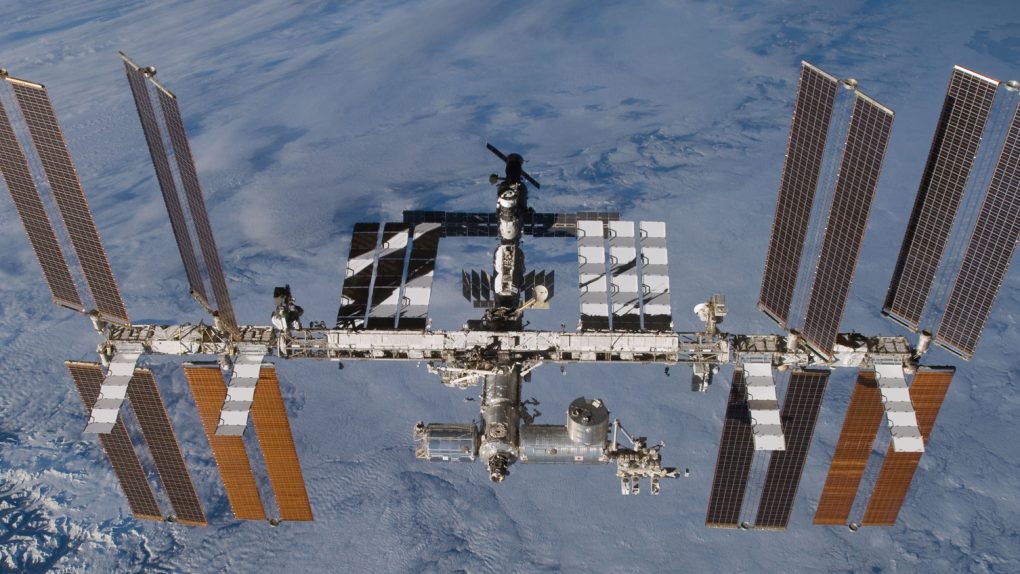- Mice sent to the International Space Station returned with more muscle than they had when they arrived thanks to a new treatment.
- Muscle loss in space affects humans as well as mice, and this new treatment could help prevent muscle loss during long trips in space.
- Trips to Mars could be more bearable if humans could maintain their muscles during the journey.
Way back in December 2019, a SpaceX rocket sent a spacecraft to the International Space Station. It had a whole bunch of stuff on board, but one of its most precious pieces of cargo was a group of 40 small mice. The mice were not all created equal, as some had been given a genetic enhancement to maximize their muscle mass.
The experiment was a simple one, meant to test whether the genetically bulked-up “mighty mice” could retain their muscle mass and compare them to the control mice which, the researchers presumed, would lose significant muscle due to the effects of microgravity. While in space, some of the control mice were given the same treatment the already buff mice received back on Earth. Now, the mice have returned to our planet, and the results are, well, pretty surprising.
As the researchers report in a Proceedings of the National Academy of Sciences, not only did the mice that received the muscle treatment before launch return just as buff as when they left, the mice that were treated in space returned with larger muscles than they had when they left. The mice that were untreated lost up to 18% of their muscle and bone mass, according to the researchers.
It might seem like a strange experiment, but it has real implications for the future of human space travel. You see, humans tend to lose a lot of muscle mass when in space. They do their best to maintain it, and the International Space Station has a lot of resistance-based exercise equipment to help residents maintain their muscles during their trips to the orbiting laboratory, but space travelers inevitably come back weaker than when they left.
If we look to the future, where humans may one day travel to Mars and beyond, we’re going to need a much better way for those travelers to maintain their muscles during the trip. Nobody wants to arrive on Mars after months of space travel only to be stumbling along on the surface. That’s where the treatment the mice received could play a role for humans, but only if it’s proven safe.
“We’re years away. But that’s how everything is when you go from mouse to human studies,” Dr. Emily Germain-Lee, co-author of the study, said in a statement.
It’s going to be a decade or more before humans embark on a mission to anywhere other than the Moon, so scientists still have time to work out the kinks and prepare for when that day inevitably comes. For now, we’ll have to be satisfied with some unusually buff mice.








